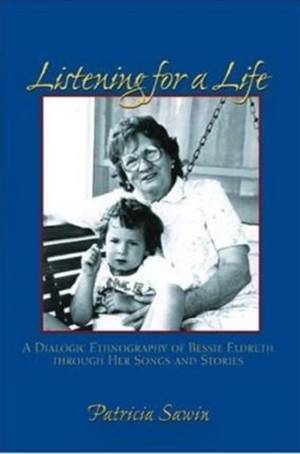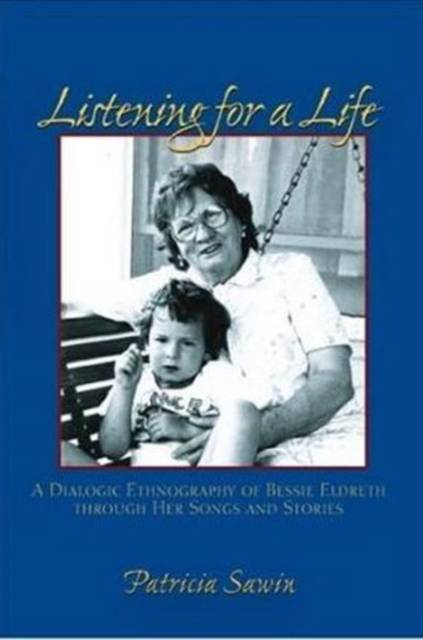
- Retrait gratuit dans votre magasin Club
- 7.000.000 titres dans notre catalogue
- Payer en toute sécurité
- Toujours un magasin près de chez vous
- Retrait gratuit dans votre magasin Club
- 7.000.0000 titres dans notre catalogue
- Payer en toute sécurité
- Toujours un magasin près de chez vous
Listening for a Life
A Dialogic Ethnography of Bessie Eldreth Through Her Songs and Stories
Patricia Sawin
Livre broché | Anglais
25,95 €
+ 51 points
Description
In one sense a folklorist's portrayal of a notable folk artist's life and art, Listening for a Life is equally a rethinking of the processes involved in such work, not only in how the folklorist conveys her subject but in how her subject constitutes and performs herself into being through dialogue with others: those present, those once present, those imagined and anticipated.
Drawing on Bahktinian and feminist theory, Sawin pushes forward our understanding of the interactive roles of ethnographer and subject and in the process gives us a deeper understanding of folk singer and storyteller Bessie Eldreth and her greatest art, herself.
Spécifications
Parties prenantes
- Auteur(s) :
- Editeur:
Contenu
- Nombre de pages :
- 254
- Langue:
- Anglais
Caractéristiques
- EAN:
- 9780874215823
- Date de parution :
- 01-07-04
- Format:
- Livre broché
- Format numérique:
- Trade paperback (VS)
- Dimensions :
- 152 mm x 229 mm
- Poids :
- 471 g

Les avis
Nous publions uniquement les avis qui respectent les conditions requises. Consultez nos conditions pour les avis.






